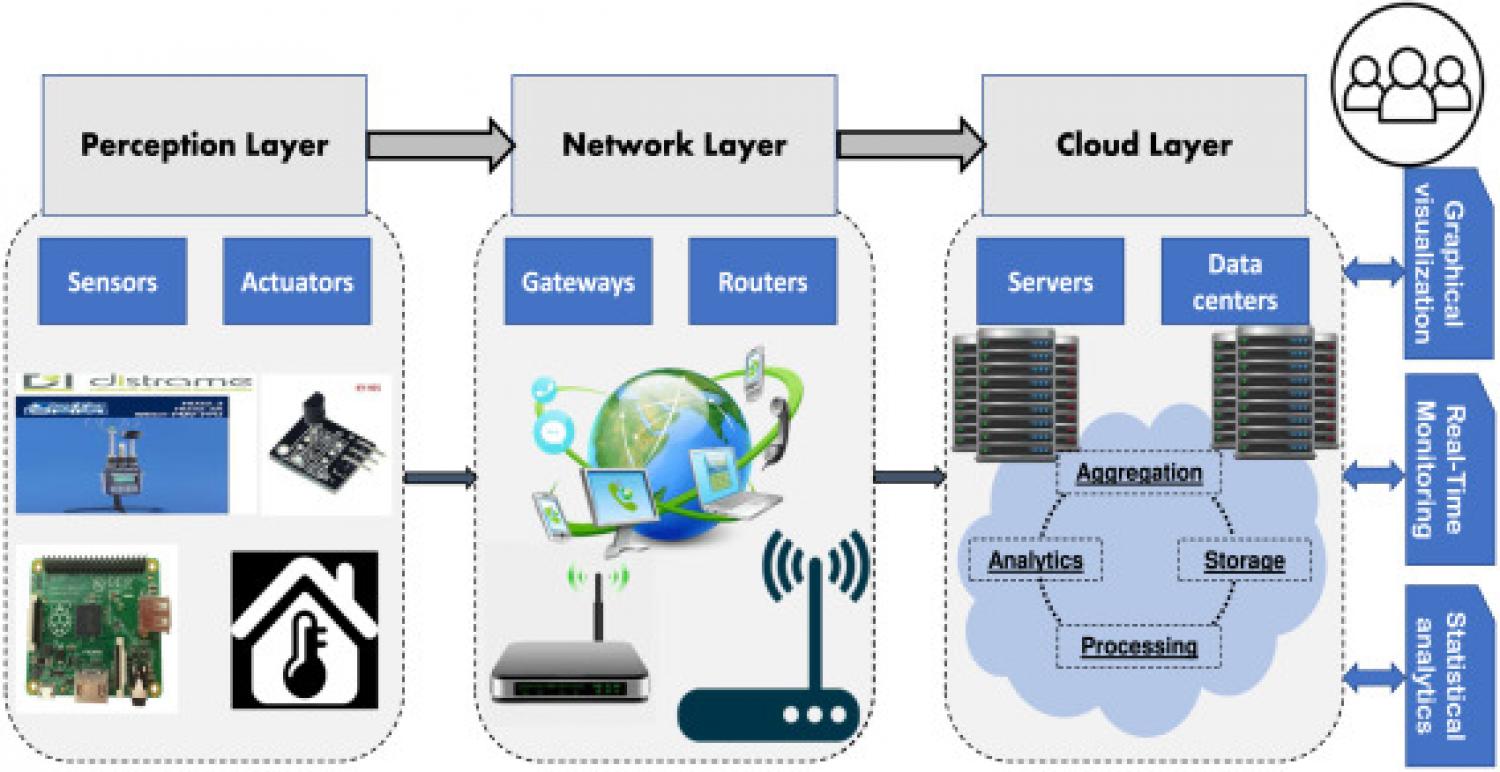
Monitoring the thermal comfort of building occupants is crucial for ensuring sustainable and efficient energy consumption in residential buildings. Existing studies have addressed the monitoring of thermal comfort through questionnaires and activities involving occupants. However, few studies have considered disabled people in the monitoring of thermal comfort, despite the potential for impairments to present thermal requirements that are significantly different from those of an occupant without a disability. Additionally, people with disabilities can experience difficulties in expressing their thermal comfort, which further complicates assessment and monitoring. To overcome this, we propose the development of a new learning model using a deep neural network. Our model can predict the indoor thermal comfort of differently abled people in real time to facilitate remote monitoring. We generated our real dataset using a new Internet of Things (IoT) architecture. Our architecture also includes a data collection scheme to ensure an efficient collection process, enabling the collection of targeted data before transferring them to cloud servers for further data analysis. Experimental results illustrate the reliability of our data collection scheme in gathering useful and targeted data, as well as the efficiency of our deep learning-based model, which achieved an accuracy of 94% and a precision and recall of 98% and 97%, respectively.
